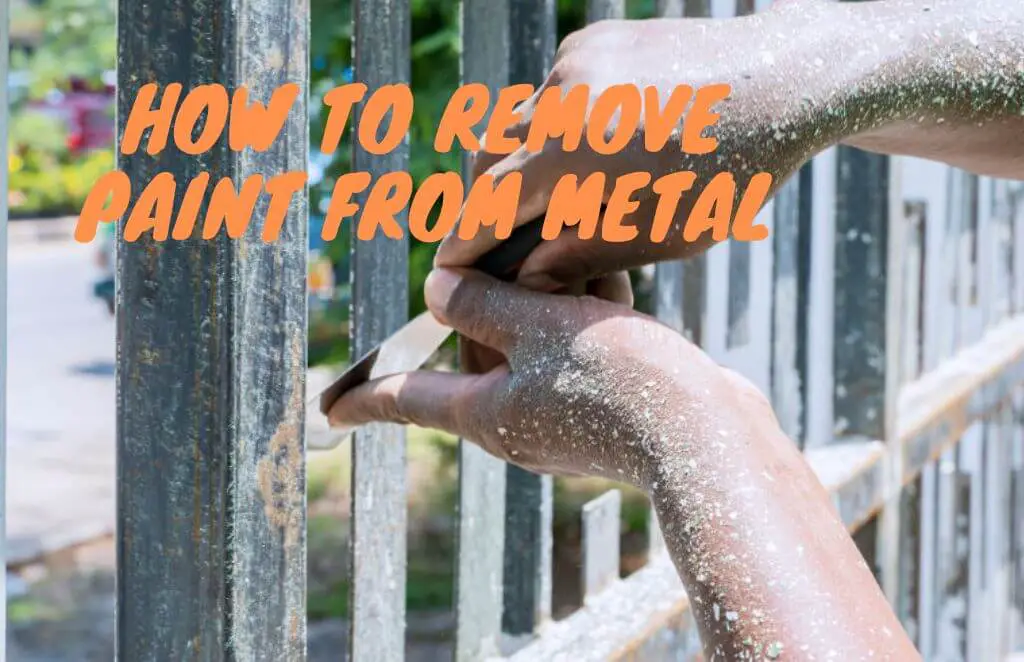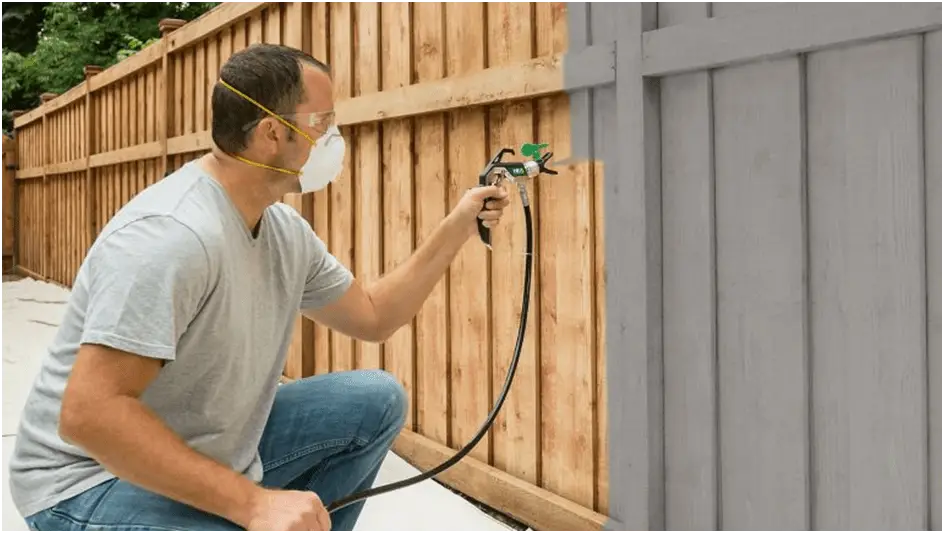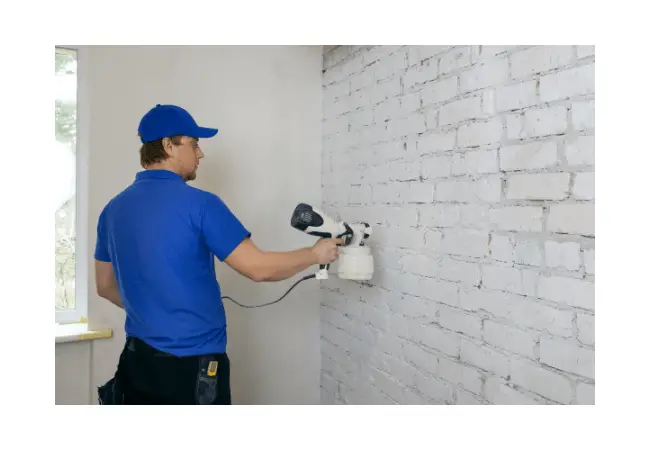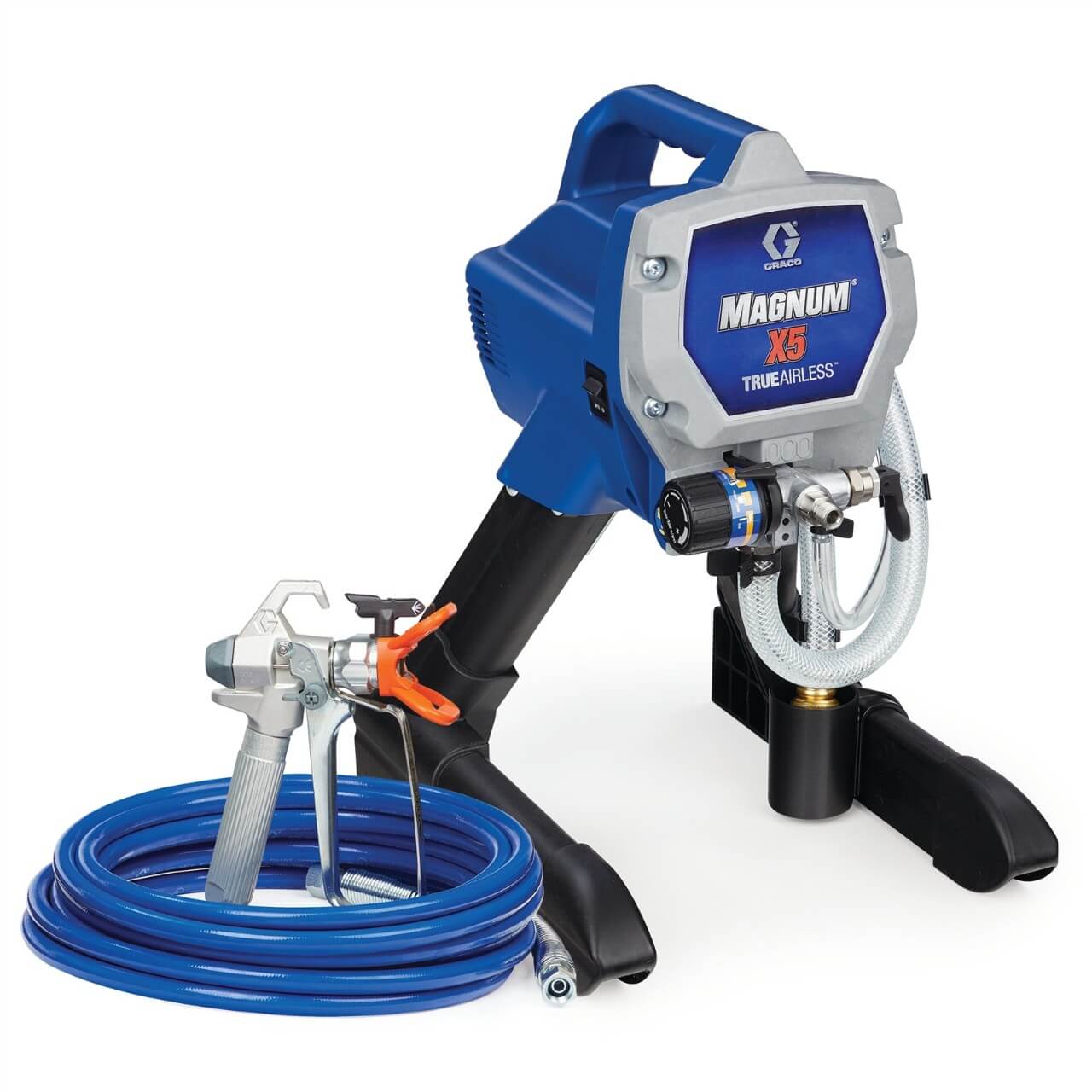Have you ever faced the daunting task of removing paint from metal surfaces, only to find yourself frustrated by the slow and tedious process? Fear not! We’re here to share quick and easy ways how to remove paint from metal, tackling this challenge head-on. Whether you’re restoring a vintage bicycle, upcycling a metal cabinet, or refinishing a piece of outdoor furniture, understanding the various paint removal methods and best practices will help you achieve the professional results you’re after.
In this comprehensive guide, we’ll explore the importance of proper paint removal and delve into mechanical methods, chemical-free techniques, and chemical paint strippers. We’ll also discuss the crucial steps of post-paint removal care to ensure a visually appealing and durable finish. So, let’s embark on this journey to become paint removal experts together.
Table of Contents
Short Summary
-
Prepare metal surface and gather necessary tools & safety equipment for paint removal.
-
Utilize mechanical methods such as angle grinders, wire wheels/brushes, orbital sanders, or chemical-free techniques like baking soda/vinegar solutions and heat guns to remove paint.
-
Follow post-paint removal care including cleaning with mineral spirits/white vinegar and applying a protective coating or sealant for optimal results.
Preparing for Paint Removal

Before diving into the various paint removal methods, it’s essential to prepare the metal surface and gather the necessary tools and safety equipment. Proper preparation ensures that the paint will come off smoothly, leaving the metal surface clean and ready for a fresh coat of paint or other surface treatments. It’s like setting the stage for a flawless performance; without it, the process may be far from perfect.
The first step in stripping paint off is to ensure the metal surface is clean and free from any debris. Next, gather your tools and safety equipment, such as a paint scraper, wire brush, plastic blade, a lint-free cloth, and safety goggles. It’s always better to have everything you need at hand before starting the paint removal process to avoid unnecessary delays and frustrations.
Let’s dive deeper into the specifics of surface preparation and tool selection.
Surface Preparation
The importance of surface preparation cannot be overstated. A clean, debris-free metal surface is crucial for optimal paint adhesion and a flawless finish. Preparing the surface involves removing visible oil, grease, dirt, mill scale, rust, paint, oxide, corrosion products, and other surface contaminants. This can be achieved with a cleaning solution or detergent, followed by the use of sandpaper or another suitable scraping tool to remove any loose mill scale, rust, or paint.
When it comes to paint removal, a well-prepared surface will not only make the task easier but also improve the final outcome. So take the time to thoroughly clean and prepare the metal surface before diving into the paint removal process. Your future self will thank you for the extra effort and elbow grease.
Gathering Tools and Safety Equipment
Having the right tools and safety equipment at your disposal is essential for a smooth and efficient paint removal process. Some common tools for paint removal from metal include a metal paint scraper, heat gun, wire brush, angle grinder with strip disk, and oscillating multi-tool. Each tool serves a specific purpose and is designed to make the paint removal process easier and more effective.
In addition to the right tools, it’s important to prioritize safety by using personal protective equipment (PPE). A respirator, safety goggles, and gloves are essential for paint removal. These items will protect you from inhaling paint particles, shield your eyes from debris, and keep your hands safe from potential hazards.
With your surface prepared and your tools and safety equipment ready, you can confidently embark on your paint removal journey.
Mechanical Methods for Paint Removal
Mechanical methods are a popular and effective way to remove paint from metal surfaces. These methods involve the use of abrasive tools and forced to strip away layers of paint, revealing the clean metal surface beneath.
In this section, we’ll explore three powerful mechanical methods for paint removal: using an angle grinder or belt sander, employing wire wheels and brushes, and utilizing orbital sanders. Let’s dig into each of these techniques and discover how they can make your paint removal project a breeze.
From angle grinders to wire brushes, each mechanical method offers unique advantages and is suited for different types of paint removal tasks. Understanding the capabilities and limitations of each method will help you choose the right tool for your specific project, ensuring a successful and satisfying outcome.
Using an Angle Grinder or Belt Sander
Angle grinders and belt sanders are powerful tools that can make quick work of removing all the paint from softer metal surfaces. These tools use abrasive discs or belts to grind away layers of paint, exposing the bare metal surface beneath. Selecting the right abrasive and grit for your task is crucial for achieving the best results and avoiding damage to the metal surface.
Begin with a less abrasive approach, such as flap discs, and progress to a coarser grit or wire depending on the outcomes. For example, Red Label’s EdgeCore Ceramic Flap Discs are highly durable and effective at removing paint. Once more than half of the paint has been removed, it’s time to switch to a finer sanding disc. A 180-grit sanding disc should be used to complete the task.
Remember to sand the paint in alignment with the metal’s grain to safeguard the metal’s surface further. With a little practice and the right abrasives, angle grinders and belt sanders can be powerful allies in your paint removal endeavors.
Employing Wire Wheels and Brushes
Wire wheels and brushes are versatile tools that can tackle a wide range of paint removal tasks. These tools are especially effective for areas with intricate details or hard-to-reach corners. The mechanical process for removing paint using wire wheels and brushes involves securely attaching the wire wheel or brush to a drill and utilizing it to abrade the paint from the metal surface.
When selecting a wire brush, it’s important to choose one with appropriate bristles for your task. Fine bristles work well for delicate areas, while wire bristles are best suited for heavy-duty tasks. With the right wire brush or wheel and some patience, you can effectively remove paint from a variety of metal surfaces, leaving them clean and ready for a fresh coat of paint or other surface treatments.
Utilizing Orbital Sanders
Orbital sanders are another powerful tool for removing paint from metal surfaces. They use a sanding disc to abrade away layers of paint, providing a clean and smooth surface for refinishing or repainting. When using an orbital sander, it’s essential to select the right grit sanding disc for your task. Start with an 80-grit disc for the initial paint removal, then switch to a finer grit, such as 180, once approximately half of the paint has been removed.
Be mindful not to continue sanding with the 80-grit disc after most of the paint has been removed, as this may result in the metal being sanded too deeply, weakening the workpiece. If your sanding disc becomes gummed up during the process, use a disc-cleaning eraser stick to restore its effectiveness.
With proper technique and the right sanding disc, an orbital sander can make paint removal a quick and efficient process.
Chemical-Free Paint Removal Techniques
For those who prefer a more eco-friendly approach to paint removal, there are several chemical-free methods available. In this section, we’ll explore two popular chemical-free paint removal techniques: using a baking soda and vinegar solution and employing heat guns and blowtorches. These methods offer a greener alternative to traditional chemical paint strippers while still delivering effective results.
Whether you’re looking to minimize your environmental impact or simply prefer a more natural approach, chemical-free paint removal techniques can be a great option. Let’s take a closer look at the baking soda and vinegar solution and heat gun methods, and discover how they can help you achieve a clean, paint-free metal surface.
Baking Soda and Vinegar Solution
The baking soda and vinegar solution is an eco-friendly and budget-friendly option for removing paint from metal surfaces, especially smaller items like hardware and hinges. To create the solution, mix equal parts baking soda and vinegar to form a paste. Apply the paste to the painted metal surface and allow it to sit for several hours before using a paint scraper to take it off.
For more stubborn paint, you can also try boiling a mixture of water, baking soda, and vinegar, then submerging the whole metal piece or item in the solution for approximately 15 minutes or until the paint detaches. Wearing heat-protective gloves, use tongs to remove the metal pieces and a putty knife or hard-bristle brush to scrape off any remaining paint.
While this method may not be suitable for all paint removal projects, it’s an excellent option for smaller items and those looking for a chemical-free alternative.
Heat Guns and Blowtorches
Heat guns and blowtorches offer another chemical-free option for paint removal. These tools use heat to soften the paint, making it easier to scrape away with a paint scraper or wire brush. When using a heat gun or blowtorch, it’s important to keep the tool in motion and maintain a paint scraper or putty knife in the other hand. Heat the paint until it bubbles slightly, then use a paint scraper to remove the paint while you wear heat-protective gloves.
Safety is paramount when using heat guns and blowtorches for paint removal. Wear appropriate protective gear, such as safety glasses and gloves, and work in a well-ventilated area to minimize the risk of inhaling toxic fumes. With proper safety precautions and techniques, heat guns and blowtorches can be an effective and chemical-free method for removing paint from metal surfaces.
Using Chemical Paint Strippers
For tougher paint removal tasks or large metal surfaces with considerable paint accumulation, chemical paint strippers offer a powerful solution. These compounds are designed to break down the bond between the paint and the metal surface, making it easier to scrape away the loosened paint. In this section, we’ll discuss how to select the right chemical paint stripper for your project and provide guidelines for the application and removal process.
While chemical paint strippers may not be the most eco-friendly option, they can be a valuable tool for those dealing with stubborn paint or large-scale projects. Let’s delve into the specifics of selecting and using a chemical paint stripper to effectively remove paint.
Selecting the Right Paint Stripper
The key to a successful paint stripping and removal project is choosing the right paint stripper for the specific type of metal and paint being removed. There are numerous paint strippers on the market, each designed for different applications and materials. Some examples of effective paint strippers include Citristrip QCSG801 Paint & Varnish Stripping Gel, Smart Strip Advanced Paint Remover, and NPS RX Paint Stripper.
When selecting a paint stripper, consider factors such as the type of metal, the type of paint, and the size of the area to be treated. Always read and follow the manufacturer’s instructions for the best results.
With the right paint stripper in hand, you’ll be well on your way to a successful paint removal project.
Application and Removal Process
Applying and removing chemical paint strippers requires careful attention to detail and adherence to safety precautions. Pour the chemical stripper into a container. Use a disposable chip brush to generously apply the chemical solution onto the object. Allow the stripper to sit on the surface for the recommended duration, then use a paint scraper or wire brush to remove the bubbled paint and stripper.
Be sure to wear gloves and safety glasses during the application and removal process, and work in a well-ventilated area to minimize the risk of inhaling harmful fumes. Once the paint and stripper have been removed, rinse the metal surface thoroughly with water and wipe it down with a fresh, dry cloth.
With proper technique and safety precautions, chemical paint strippers can be a highly effective paint removal option.
Post-Paint Removal Care
After the paint has been successfully removed from the metal surface, it’s crucial to properly clean and protect the metal to ensure a long-lasting and visually appealing finish. In this section, we’ll discuss the steps for cleaning the metal surface with mineral spirits or white vinegar, as well as how to protect the metal surface with a coat of primer or paint.
By taking the time to care for the metal surface after paint removal, you’ll not only achieve a beautiful and durable result but also prevent potential issues such as corrosion or uneven paint adhesion in the future.
Cleaning with Mineral Spirits or White Vinegar
Cleaning the metal surface after paint removal is an essential step in achieving a flawless finish. Mineral spirits and white vinegar are both effective cleaning agents that can be used to remove any residual paint particles and prepare the surface for painting or other treatments.
To clean the surface with mineral spirits or white vinegar, simply apply the cleaning agent to a clean cloth and wipe down the metal surface. Be sure to work on flat surfaces in a well-ventilated area and wear gloves to protect your hands.
Once the surface is clean and free from any remaining paint particles, you’re ready to move on to protecting the metal surface.
Protecting the Metal Surface
Preserving the metal surface after paint removal is essential to guard against corrosion and maintain a visually appealing finish. To ensure the metal surface is properly safeguarded, apply a protective coating or sealant, such as a coat of primer or paint. This will not only provide additional protection against corrosion but also ensure an aesthetically pleasing surface finish.
Taking the time to protect the metal surface after paint removal will pay off in the long run, as it helps to extend the lifespan of the metal and maintain its appearance. Whether you’re repainting the surface or applying a clear sealant, proper surface protection is key to a successful paint removal project.
Safety Precautions and Best Practices
When it comes to paint removal, safety should always be a top priority. Adhering to safety precautions and best practices ensures a smooth and efficient process while minimizing the risk of injury or damage.
In this section, we’ll discuss the importance of using appropriate personal protective equipment (PPE) and explore recommendations for proper ventilation and workspace setup. By following safety precautions and best practices, you can tackle your paint removal projects with confidence and peace of mind, knowing that you’re protecting yourself, your workspace, and the environment.
Personal Protective Equipment (PPE)
The use of appropriate personal protective equipment (PPE) is crucial for ensuring your safety during the paint removal process. PPE includes items such as respirators, safety goggles, and gloves that protect you from potential hazards associated with paint removal, including skin and eye irritation, inhalation of paint particles, and contamination of clothing.
When selecting PPE, it’s essential to choose items that are designed for the specific hazards associated with your paint removal method. For example, using a heat gun or blowtorch would require heat-resistant gloves, while a chemical paint stripper may necessitate the use of chemical-resistant gloves and a respirator.
By wearing the proper PPE, you can minimize the risk of injury and ensure a safe and efficient paint removal process.
Ventilation and Workspace Setup
Proper ventilation and workspace setup are essential for maintaining a safe and efficient work environment during paint removal. Ensure that your workspace is adequately ventilated, with interior vents, fans to circulate air throughout the space, or a respirator if working indoors.
Additionally, make sure your workspace is well-organized and free from clutter, with all necessary tools and safety equipment within easy reach. By creating a safe and efficient workspace, you can focus on the task at hand and achieve the best possible results in your paint removal project.
Summary
In conclusion, there are a variety of methods available for removing paint from metal surfaces, each with its own advantages and limitations. By understanding the different techniques, such as mechanical methods, chemical-free techniques, and chemical paint strippers, you can select the most suitable method for your specific project. Furthermore, taking the time to prepare the surface, gather the necessary tools and safety equipment, and follow proper post-paint removal care will help ensure a successful and satisfying outcome.
Whether you’re a DIY enthusiast or a professional tackling a paint removal project, we hope this comprehensive guide has provided you with valuable insights and practical tips to conquer your paint removal challenges with confidence. So roll up your sleeves, gather your tools, and let’s get that paint off!
Frequently Asked Questions
What is the fastest way to remove paint from metal?
The fastest way to remove paint from metal is to use a combination of chemicals like ammonia and acetone, or alternatively baking soda and heat. For the latter, simply add 1/4 cup of baking soda or vinegar to each quart of water and bring it to a boil. Place the item in the pan and let it boil for about 15 minutes or until the paint falls off.
Put on heat-resistant gloves and use tongs to remove metal pieces with any remaining paint then scrape loose paint off with a hard-bristle brush or putty knife.
What is the best way to remove paint from metal hardware?
The best way to remove paint from metal hardware is to use boiling water, which is an incredibly effective paint remover for metal. Boiling water is a fast, easy, and cost-effective option for removing old paint from items such as hardware, hinges, and knobs.
With this approach, you can efficiently restore your hardware in no time.
Will vinegar remove paint from metal?
Yes, vinegar can effectively remove paint from metal surfaces. A simple approach is to use white vinegar and water over a heat source. To get the best results, combine it with baking soda and boil the mixture. This approach will help you quickly and easily remove the paint from the metal surface.
Will WD 40 remove paint from metal?
It is possible to remove paint from metal with WD-40. Start by brushing off any paint residue before spraying the metal with WD-40 and waiting a few minutes for it to loosen any rust.
Scrub and wipe up the solution afterward.
How to remove paint?
For paint removal from wood without harsh chemicals or sanding, start by soaking a rag in hot water and mild dish soap. Use the damp rag to scrub away the paint. If necessary, use a toothbrush to help get into hard-to-reach areas.
Repeat until all the paint is gone.




Leave a Reply